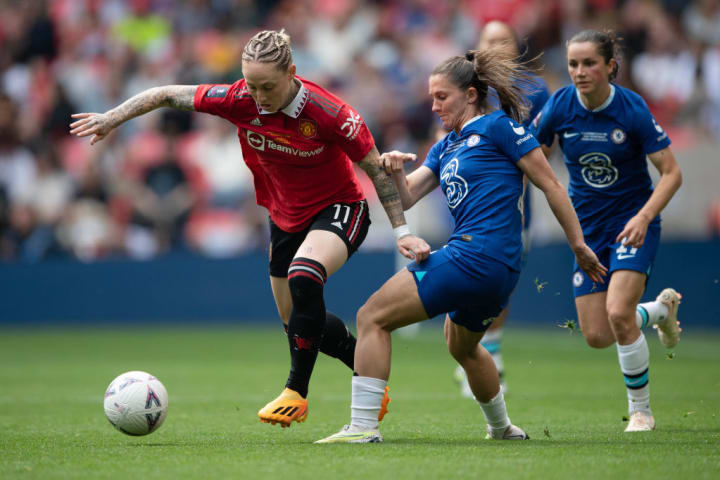
What are the FFP rules in women’s football?
The focus on the financial side of men’s football has grown and grown in recent years with more money flooding into the game, transfer fees rising and various teams and individuals being accused of cheating.
Simultaneously, the women’s game has grown incredibly quickly with more focus on how finances are handled, what is fair and what needs to change.
Here’s an explanation of how Financial Fair Play is used in the women’s game and how it could change in the near future.
The overarching aim of Financial Fair Play (FFP) is to ensure clubs remain financially sustainable, while also not distorting the competitive nature of the sport.
FFP was first concocted by UEFA in 2009 and came into effect during the 2011/12 season. Clubs are not allowed to spend outside of their means in order to prevent teams from going bust or gaining an unfair advantage in the transfer market.
In 2009, UEFA discovered that more than half of 665 European clubs suffered financial losses over the course of the previous year, and at least 20% of those analysed were believed to be in financial danger.

There are regular changes but at the moment UEFA’s rules allow clubs to incur losses of €60m over three years, compared to the previous allowance of €30m. There is also a spending cap on wages, transfers and agents’ fees to 70% of a club’s total revenue by 2025/26. Clubs are also required to settle overdue payables in specified timeframes.
It is the wealthiest clubs that dislike FFP as they feel it harnesses their growth.
The likes of Manchester City and Paris Saint-Germain’s men’s sides, and now Newcastle, are backed by gargantuan wealth. They cannot just spend wildly and disappear into the stratosphere though, as they must stay within the FFP rules each year.
There is a lot less financial regulation in the women’s game in the United Kingdom and Europe right now and that has led to calls for changes to be made.
In the Women’s Super League, there is a salary cap which allows top flight sides to spend 40% of their turnover on wages. The issue with that is that those totals can be merged with the men’s team within the same clu, so the likes of Manchester United Women can spend 40% of a much larger pot of cash as the overall club of Man Utd generates so much money.
Man Utd’s head of group planning and finance that has been recently calling for more financial regulation in the UK women’s game so that a small set of teams do not kill the competitiveness of the division.

Speaking at the European Club Association’s first women’s football summit, Francesca Whitfield said: „Currently in the WSL we have a salary cap system which is 40% of revenue, but that includes parent club income, meaning the larger clubs naturally benefit from shirt deals on the men’s side.
„That’s creating a gap that is affecting the product and this can’t be something that we just address domestically, this has to be something we address on a European level to make sure the European tournaments are the best and we’re at the forefront of that.“
In the Premier League right now, the rules allow for total losses over a three-year period of £105m. There are penalties in place for clubs that exceed that figure. Whitfield is aware that it is not as simple as copying the rules in the men’s game as it is a different financial landscape.
„We can’t simply emulate or replicate what we did on the men’s side, the game is in a different space and we need to ensure that we can invest but equally attract investment,“ said Whitfield. „Smaller clubs are not able to invest at that level, so how do we encourage them to do so if it’s not a fair playing field and they can’t possibly ever be competitive with how things currently are?“